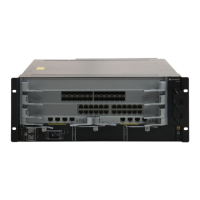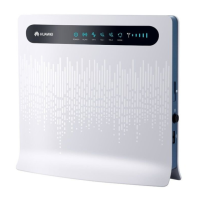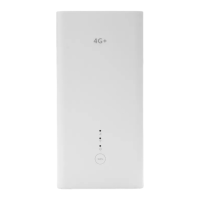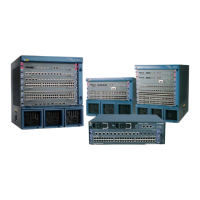User Manual
SmartAX MT800 ADSL CPE
Chapter 4 Web-based Management
4-27
z
Security Level:
This setting determines which IP Filter
rules take effect, based on the security level specified in
each rule. For example, when High is selected, only those
rules that are assigned a security value of
High
will be in
effect. The same is true for the Medium and Low settings.
When
None
is selected, IP Filtering is disabled.
z
Private/Public Default Action:
This setting specifies a
default action to be taken (Accept or Deny) on private or
public-type device interfaces when they receive packets
that do not match any of the filtering rules. You can specify
a different default action for each interface type. (You
specify an interface's type when you create the interface;
see the PPP configuration page, for example.)
A
public
interface typically connects to the Internet. PPP, EoA,
and IPoA interfaces are typically public. Packets received on a public
interface are subject to the most restrictive set of firewall protections
defined in the software. Typically, the global setting for public
interfaces is
Accept
, so that all accesses to your LAN initiated from
external computers are denied (discarded at the public interface),
except for those allowed by a specific IP Filter rule.
A private interface connects to your LAN, such as the Ethernet
interface. Packets received on a private interface are subject to a
less restrictive set of protections, because they originate within the
network. Typically, the global setting for private interfaces is
Accept
,
so that LAN computers have access to the Internet connection.

